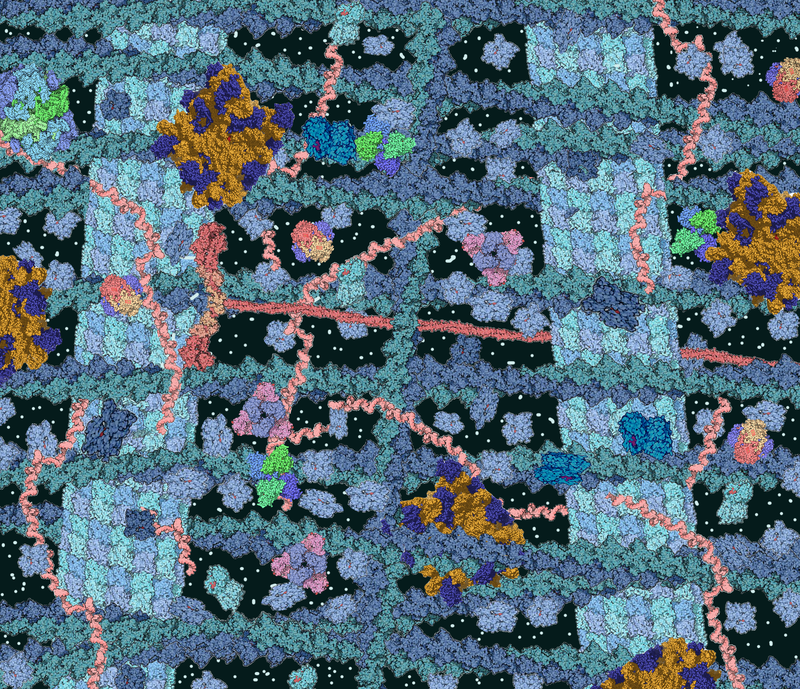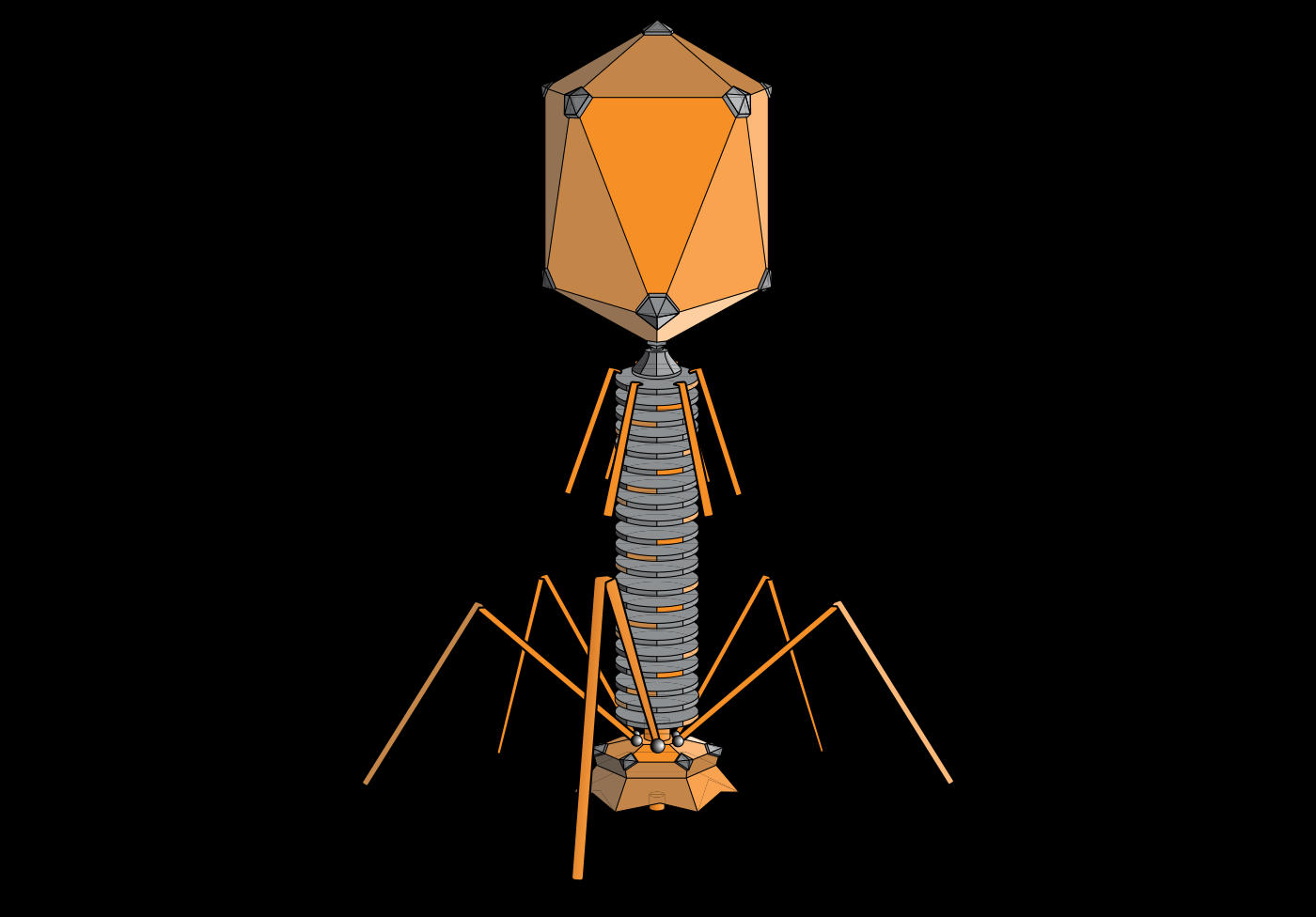It has a seemingly simple and uniform structure, fills the entire cell except the nucleus, helping to stabilize it. It can also take on both liquid and gel form. It is the site of many important chemical reactions in the cell, such as protein synthesis, as well as the first phase of breathing. It helps to transport everything that is needed inside the cell. This is how the cytoplasm can be briefly described.
What is a cytoplasm?
From a property point of view, a cytoplasm can be seen as a colloidal solution. The main ingredient is water, which makes it colourless and translucent, and the density of the cytoplasm is slightly higher than H2O. Additionally, the cytoplasm contains proteins, lipids, carbohydrates and organic and inorganic compounds. It is also worth mentioning that the cytoplasm is usually a major part of cell mass. Observing under the microscope one can get the impression that the cytoplasm is one big soup of molecules needed for the cell to live. However, in reality, this creature has no uniform structure. There is a basic cytoplasm (also called cytosol) and an endoplasmic reticulum (called endoplasmic reticulum).
Basic cytoplasm
It is simply a liquid, amorphous medium in which we find not only dissolved minerals, metabolites or ions but also suspended organelles. Water accounts for 60-90% of all cytosol, followed by proteins, then carbohydrates and lipids. It is also a reservoir for potassium, sodium and chlorine ions. Cytosol is the place where the glycolysis reaction takes place (i.e. the processes of transformation of glucose molecules into pyruvate molecules), and the elimination of amino acids from the amino group takes place here, i.e. deamination. Partly, however, the reaction of the ornithine cycle, synthesis of nucleotides and amino acids takes place here.
Endoplasmic reticulum
The structure of the reticulum is primarily a cytoplasmic membrane, which forms a system of tubes and cisterns that penetrate the cytosol, dividing the cytoplasm into areas where different chemical reactions can take place. Because of this type of membrane covering, the distinction is made between smooth endoplasmic reticulum and rough endoplasmic reticulum, which is covered with ribosomes. The reticulum plays an important role in the synthesis of proteins and lipids and enables the movement of chemical compounds within the cell. Cytoplasmic membranes are about 7-10 nm thick.
Mobility of cytoplasms
Depending on the state of hydration and temperature, the cytoplasm changes its state of aggregation from liquid to rigid (coagulation). The reverse process, i.e. the transition from a gel form to salt, is pepticisation. Additionally, three basic types of cytoplasm motion can be observed: rotational, circulating and pulsating.





